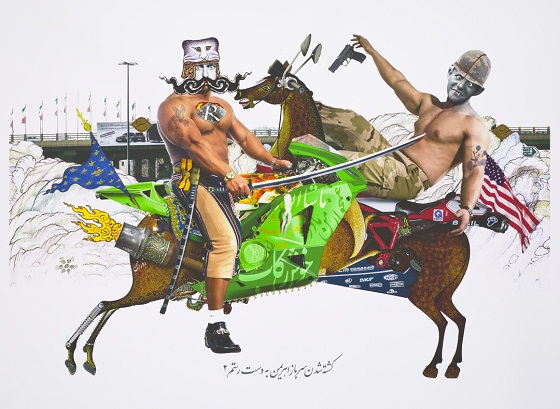The soldiers of evil are killed by Rostam II
Please log in to add this item to your gallery.
View comments
Add a comment
Please log in to add comments.
Please log in to add tags.
* Nearly 20,000 images of artworks the museum believes to be in the public domain are available to download on this site.
Other images may be protected by copyright and other intellectual property rights.
By using any of these images you agree to LACMA's Terms of Use.
The soldiers of evil are killed by Rostam II
Series: Rostam II
Edition: 3/5
2009Photographs
Digital print on canvas
Image: 34 x 47 in. (86.36 x 119.38 cm); Sheet: 41 15/16 x 55 in. (106.52 x 139.7 cm)
Purchased with funds provided by the Karl Loring Trust and Art of the Middle East: CONTEMPORARY (M.2011.45.11)
Not currently on public view
